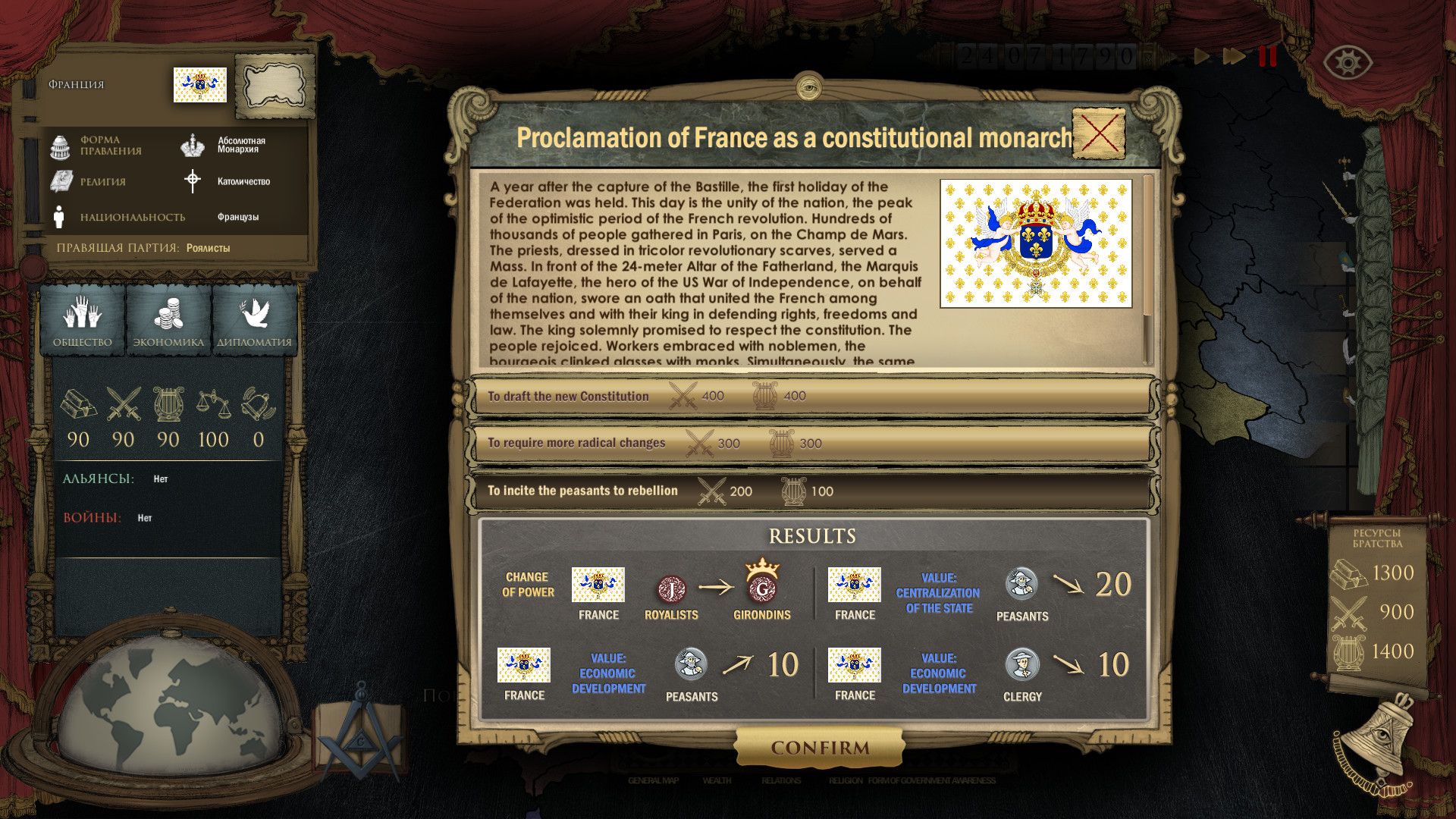

The air flowing through the hotel room’s open window nipped of brittle autumn, and sunlight was leaking through gray clouds winter, as the Ukrainians liked to quip, was coming.įuck it, McNulty thought. After a long morning of meetings in Kyiv with Ukrainian partners in need of medical tourniquets and cold-weather clothing, the man had earned an afternoon nap. Atomic Archive.The air-raid siren sounded again through the defiant city, but William McNulty refused to be bothered by it.

Leo Szilárd, a traffic light and a slice of nuclear history. Department of Energy: Office of Scientific and Technical Information. The nuclear fission technology perfected by the Manhattan Project engineers has since become the basis for the development of nuclear reactors, power generators, as well as other innovations, including medical imaging systems and radiation therapies for various forms of cancer. government’s effective monopoly over nuclear energy by allowing for private ownership of nuclear materials. Ultimately, in 1964, then-President Lyndon B. However, that’s far from the case.įollowing the end of the war, the United States formed the Atomic Energy Commission to oversee research efforts designed to apply the technologies developed under the Manhattan Project to other fields. With the development of weapons designed to bring about the end of World War II as its stated mission, it’s easy to think that the story of the Manhattan Project ends in August 1945. The Japanese informed Washington, which following Roosevelt’s death was under the new leadership of President Harry Truman, of their intention to surrender on August 10th, and formally surrendered on August 14, 1945. The two bombs combined killed more than 100,000 people and leveled the two Japanese cities to the ground. Three days later, with still no surrender declared, on August 9th, the “Fat Man” bomb was dropped over Nagasaki, the site of a torpedo-building plant, destroying more than three square miles of the city. With no surrender agreement in place, on August 6, 1945, the Enola Gay bomber plane dropped the as-yet untested “Little Boy” bomb some 1,900 feet above Hiroshima, causing unprecedented destruction and death over an area of five square miles. A forceful demonstration of the technology developed in New Mexico was deemed necessary to encourage the Japanese to surrender. Meanwhile, the military leaders of the Manhattan Project had identified Hiroshima, Japan, as an ideal target for an atomic bomb, given its size and the fact that there were no known American prisoners of war in the area.

delivered an ultimatum to Japan-surrender under the terms outlined in the Potsdam Declaration (which, among other provisions, called for the Japanese to form a new, democratic and peaceful government) or face “prompt and utter destruction.”Īs the Potsdam Declaration provided no role for the emperor in Japan’s future, the ruler of the island nation was unwilling to accept its terms. On July 26, 1945, at the Potsdam Conference in the Allied-occupied city of Potsdam, Germany, the U.S. military leaders in 1945 was that the Japanese would fight to the bitter end and force a full-scale invasion of the island nation, resulting in significant casualties on both sides. With the Germans sustaining heavy losses in Europe and nearing surrender, the consensus among U.S. strategy aimed at bringing an end to World War II. Scientists working under Oppenheimer had developed two distinct types of bombs: a uranium-based design called “the Little Boy” and a plutonium-based weapon called “the Fat Man.” With both designs in the works at Los Alamos, they became an important part of U.S. On July 16, 1945, in a remote desert location near Alamogordo, New Mexico, the first atomic bomb was successfully detonated-the Trinity Test-creating an enormous mushroom cloud some 40,000 feet high and ushering in the Atomic Age. The complex is where the first Manhattan Project bombs were built and tested. Los Alamos Laboratory-the creation of which was known as Project Y-was formally established on January 1, 1943. Robert Oppenheimer was already working on the concept of nuclear fission (along with Edward Teller and others) when he was named director of the Los Alamos Laboratory in northern New Mexico in 1943.


 0 kommentar(er)
0 kommentar(er)
